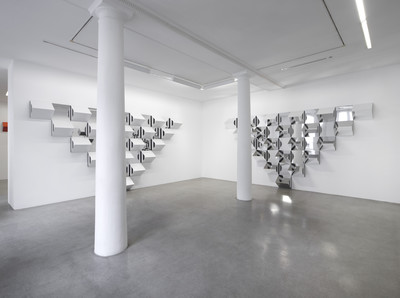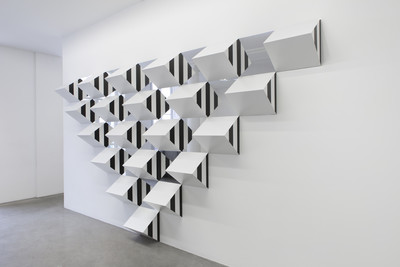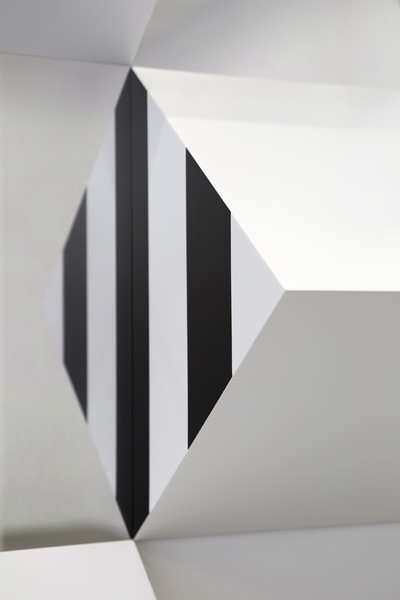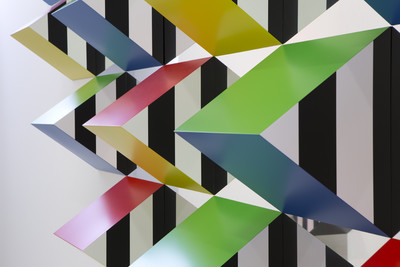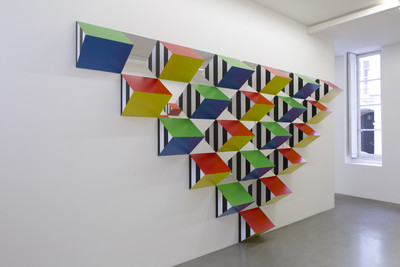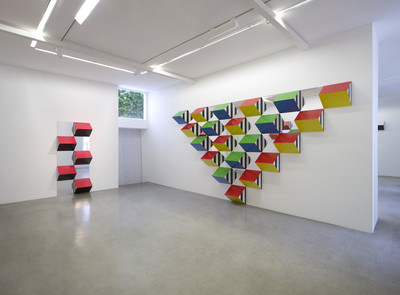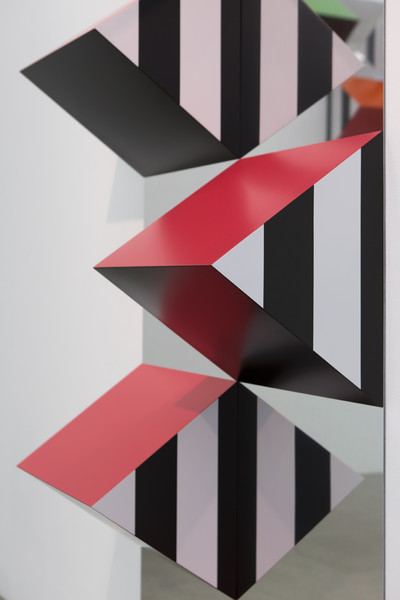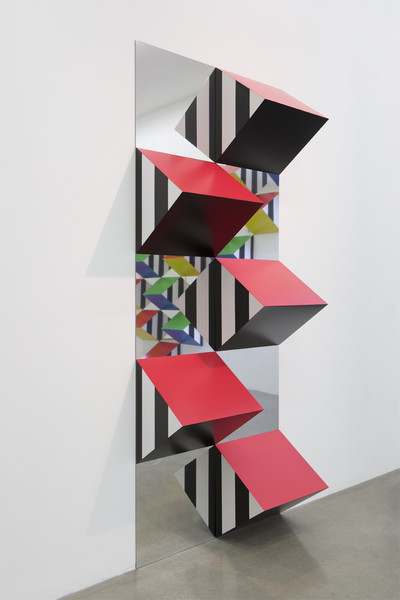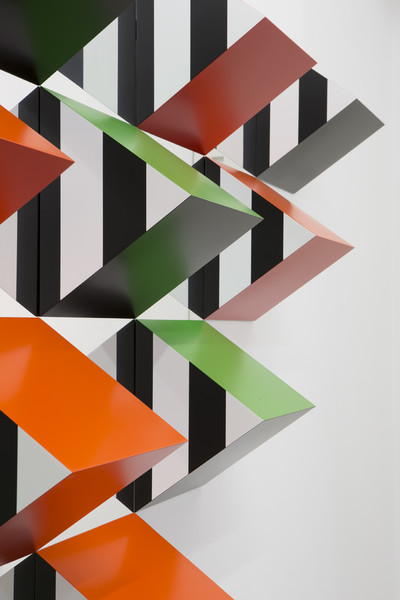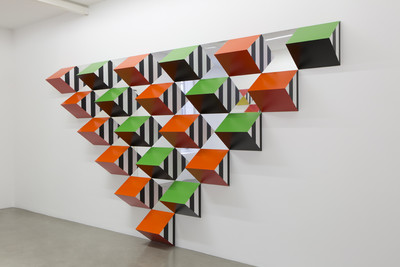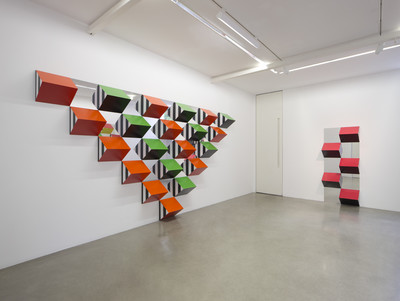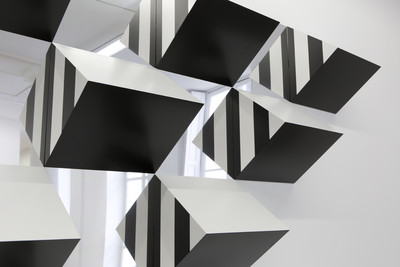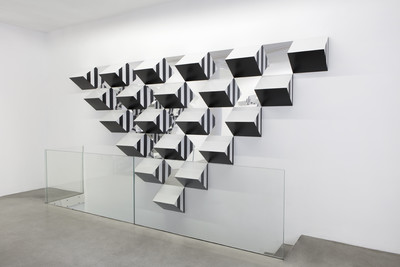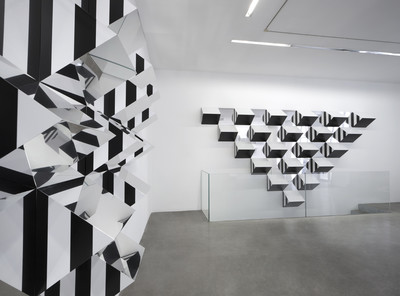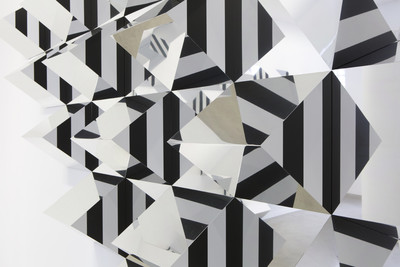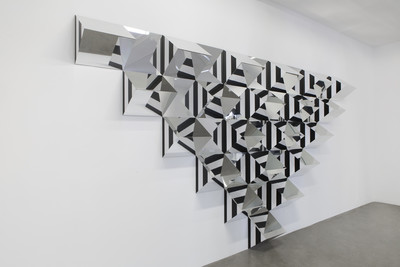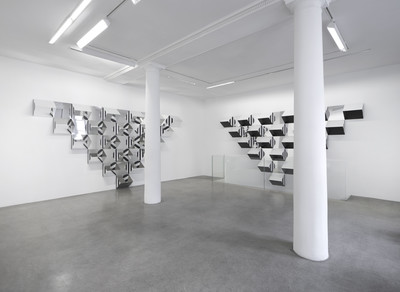Photo-souvenir
Kamel Mennour is pleased to present Daniel Buren’s exhibition, ‘Pyramidal, hauts-reliefs, travaux in situ et situés, 2017’.
‘There can’t be vision without thought.’ This statement by Daniel Buren underpins a considerable body of work that over five continents and more than fifty years has opened our contemporary ways of seeing to horizons as much inventive as they have been disorientating. For his fifth exhibition at the galerie kamel mennour, Buren is exploring new perspectives. ‘Pyramidal, hauts-reliefs, travaux in situ et situés, 2017’ reboots and reconsiders the stakes of the...
Read more